Home>Garden Essentials>North Texas: How To Get Rid Of Snails In Turf Grass
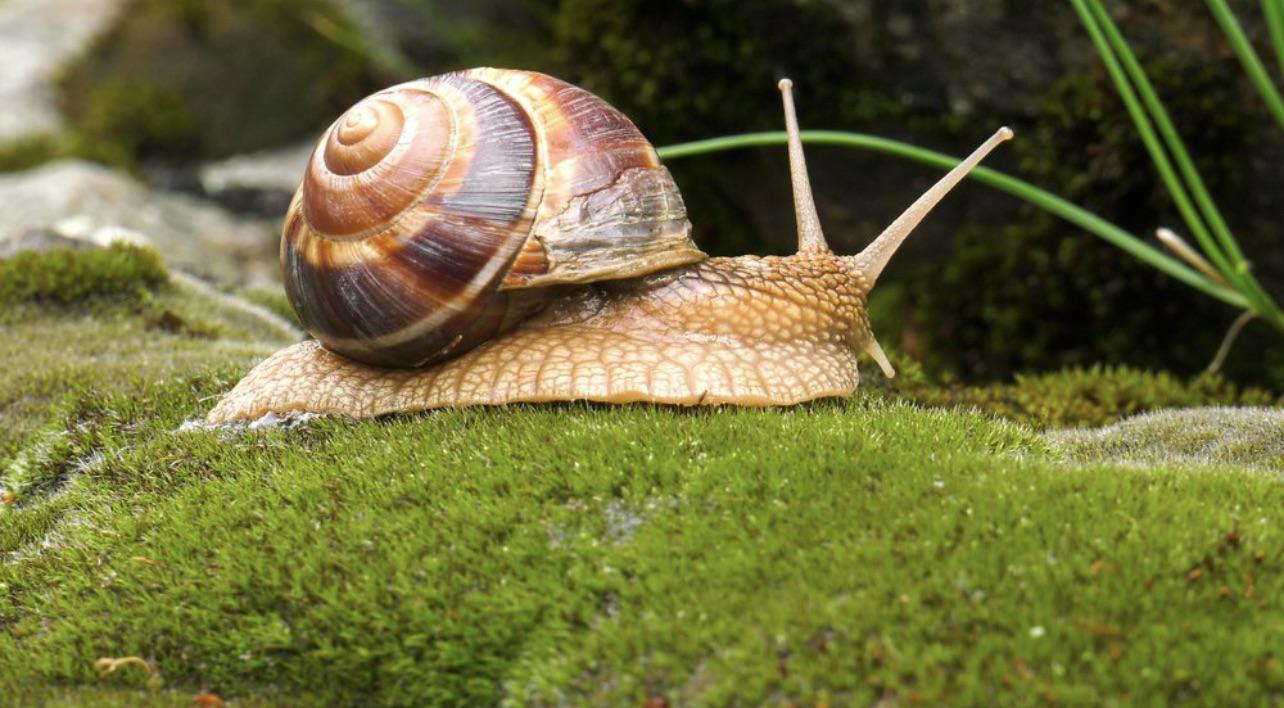

Garden Essentials
North Texas: How To Get Rid Of Snails In Turf Grass
Modified: March 15, 2024
Looking for effective ways to eliminate snails in your garden turf grass? Discover expert tips and techniques for getting rid of snails in North Texas.
(Many of the links in this article redirect to a specific reviewed product. Your purchase of these products through affiliate links helps to generate commission for Storables.com, at no extra cost. Learn more)
Introduction
Welcome to North Texas, where the lush green turf grass is a source of pride for homeowners and landscapers alike. However, this beautiful oasis can sometimes become a haven for unwanted guests – snails. If you’re dealing with a snail infestation in your turf grass, you’re not alone. These slimy creatures can quickly multiply and wreak havoc on your lawn’s health and aesthetics. But fear not, we’re here to help you get rid of snails and restore your turf grass to its former glory.
Snails are slow-moving mollusks that thrive in moist environments, making your turf grass an ideal habitat for them. These pesky creatures not only munch on tender leaves but also leave behind their trails of slime, making your lawn look unsightly and uninviting. Moreover, snails can cause extensive damage to turf grass by feeding on the root systems, leading to weakened and yellowing patches of grass.
Identifying snail infestations in your turf grass is crucial for effective control. Look out for signs such as the presence of snails or their eggs, slimy trails on the grass blades, and even damage to the roots. It’s important to address the problem promptly to prevent further damage and ensure the health and vigor of your lawn.
When it comes to getting rid of snails in turf grass, there are several methods you can employ. Cultural practices such as proper lawn maintenance and sanitation can go a long way in reducing snail populations. In addition, chemical control options are available, but it’s essential to follow safety guidelines and use them responsibly. If you prefer natural remedies, there are also organic solutions that can effectively deter snails without posing harm to your lawn or the environment.
Prevention is key when it comes to snail infestations. By implementing techniques that make your lawn less inviting to snails, you can minimize the risk of future infestations. From proper watering to creating barriers, there are preventive measures that can help maintain a snail-free turf grass all year round.
In this article, we will explore various methods and techniques to get rid of snails in turf grass, with a focus on North Texas. Whether you’re a homeowner, a landscaper, or a gardening enthusiast, you’ll find valuable insights to combat snail infestations and preserve the beauty of your turf grass. Let’s roll up our sleeves and tackle this snail problem head-on!
Key Takeaways:
- Keep your North Texas turf grass healthy and snail-free by implementing cultural practices, natural remedies, and prevention techniques to deter snails and maintain a vibrant lawn.
- Regular monitoring and proactive measures are essential to control snail infestations in your turf grass, ensuring a beautiful and thriving lawn in North Texas.
Read more: How To Get Rid Of Snails In Garden
Understanding Snails in Turf Grass
Before we delve into the methods of snail control, it’s important to have a basic understanding of these slimy creatures and their behavior. Snails are gastropods, belonging to the mollusk family. They have a soft body protected by a spiral-shaped shell, which they retreat into when threatened or during periods of inactivity.
Snails are most active during the evening and night when the temperatures are cooler and the humidity is higher. They are particularly fond of moist environments, making turf grass an appealing habitat. These creatures feed on a variety of plants, including the tender leaves of your lawn, resulting in unsightly damage.
In the North Texas region, the most common snail species found in turf grass is the brown garden snail (Cornu aspersum). These snails have a light brown shell with dark brown or black banding. They thrive in warm climates and are known for their ability to reproduce rapidly, increasing the risk of infestations in your lawn.
When it comes to the life cycle of snails, they start as eggs, which are typically laid in groups and can be found in moist soil or hidden in turf grass. After hatching, the snails go through several growth stages before reaching adulthood. Their lifespan can vary, but it typically ranges from several months to a few years depending on environmental conditions and available food sources.
To accurately identify a snail infestation in your turf grass, keep an eye out for the following signs:
- Presence of snails: Look for snails hiding in the vegetation or beneath objects in your lawn, especially during damp periods.
- Slime trails: Snails produce a slimy mucus trail as they move. These trails can be seen on the grass blades, paving the way for easy identification.
- Damage to leaves and stems: Snails feed by scraping and eating the surface of leaves and stems. This feeding activity can result in irregular holes or chewed edges in the turf grass.
- Damage to roots: In severe cases, snails can cause damage to the root systems of turf grass, leading to weakened and yellowing patches.
Understanding the behavior and signs of snails in your turf grass is crucial for effective control. By being proactive and knowledgeable about these creatures, you can take the necessary steps to prevent further damage and maintain a healthy lawn.
Identifying Snail Infestations in North Texas
In North Texas, snail infestations in turf grass can be a common occurrence, especially during the warm and humid months. Identifying these infestations early on is essential to prevent extensive damage to your lawn. By knowing what signs to look for, you can take swift action to control and eradicate the snails.
One of the most obvious indicators of a snail infestation is the presence of snails themselves. Take a close look at your lawn, particularly in areas that are shaded or have ample vegetation. Snails are typically nocturnal and hide during the day, so you may need to inspect your lawn in the evening or early morning hours to spot them. Look for their characteristic spiral-shaped shells and slow, gliding movement.
Another sign to watch out for is the slimy trails left behind by snails. They produce a thick mucus trail as they move, which is easily visible on the grass blades and surrounding surfaces. These trails can be shiny and silver in color, making them stand out against the green backdrop of your turf grass.
Damaged leaves and stems can also be indicative of a snail infestation. Snails feed by scraping and eating the surface of leaves, which can leave irregular holes or chewed edges. Inspect your turf grass closely, especially in areas where you suspect snail activity, and look for signs of feeding damage. If you notice these telltale signs, it’s likely that snails are present.
In addition to visual cues, roots damage can also point to a snail infestation. Snails can burrow into the soil and feed on the roots of grass, leading to weakened and discolored patches. If you observe areas of dying or yellowing turf grass with no apparent cause, it’s worth investigating further for snail damage.
Another reliable way to identify snail infestations is by finding their eggs. Snails lay their eggs in moist soil or hidden in turf grass, and they can be clustered together in groups. Look for small translucent or whitish eggs, often buried just below the soil surface. Detecting and removing these eggs can help prevent future generations of snails.
By being vigilant and observant, you can quickly identify snail infestations in your North Texas turf grass. When you spot these signs, it’s essential to take immediate action to control the population and minimize further damage to your lawn.
The Impact of Snails on Turf Grass
Snails may seem harmless, but their presence in your turf grass can have a significant impact on the health and aesthetics of your lawn. Understanding the potential consequences of a snail infestation is crucial to taking prompt action and implementing effective control measures.
One of the most apparent impacts of snails on turf grass is the damage they cause to the leaves and stems. Snails are voracious feeders and can quickly devour the tender blades of your lawn. They feed by scraping the surface of the leaves, leaving behind irregular holes and chewed edges. This feeding activity weakens the grass and affects its ability to photosynthesize properly, leading to stunted growth and a patchy appearance.
However, the damage doesn’t stop at the surface. Snails can also burrow into the soil and feed on the roots of turf grass. This is particularly concerning as the roots are essential for the grass’s absorption of nutrients and water. The feeding activity of snails can disrupt the root system, leading to weakened and yellowing patches of grass. Over time, if left unchecked, the damage caused by snails can cause sections of the lawn to die off completely.
Moreover, the presence of snails and their slimy trails can have aesthetic implications for your lawn. These trails not only detract from the visual appeal of the grass but can also be an unwelcome sight for anyone wanting to enjoy their outdoor space. The slimy residue can make walking on the lawn unpleasant and pose a slipping hazard, especially after rain or irrigation.
Snail infestations can also have indirect consequences for your turf grass. The weakened and damaged patches of grass are more susceptible to additional stressors such as drought, heat, or diseases. Snails can create entry points for pathogens, fungi, and other pests that can further compromise the health of your lawn. By addressing the snail infestation promptly and restoring the health of your turf grass, you can minimize the risk of these secondary issues.
It’s important to note that certain grass species may be more susceptible to snail damage than others. For instance, fescue and ryegrass are known to be less appealing to snails compared to other grass varieties. Depending on the grass type you have, the impact of snails may vary, but it’s still crucial to address the infestation to maintain a healthy and vibrant lawn.
Overall, the impact of snails on turf grass can range from unsightly damage to potential lawn death. By being proactive in identifying and controlling snail infestations, you can protect the well-being of your lawn and ensure its longevity.
Common Methods for Getting Rid of Snails in Turf Grass
If you’re dealing with a snail infestation in your North Texas turf grass, there are several methods you can employ to get rid of these unwanted guests. Below are some common and effective techniques to control and reduce snail populations in your lawn.
Handpicking: One of the simplest and most environmentally friendly methods is handpicking. This involves manually removing the snails from your turf grass, especially during the evening or early morning when they are most active. Wear gloves to protect your hands and collect the snails in a container. You can then dispose of them away from your lawn, ensuring they can’t return.
Traps: Traps are another effective way to catch and remove snails from your lawn. You can use homemade traps or purchase commercial snail traps, which are typically baited with a food source to attract the snails. Place the traps strategically in your lawn, focusing on areas where snail activity is high. Check the traps regularly and dispose of the captured snails.
Beer traps: Snails are often attracted to the smell of beer. To make a beer trap, bury a small container, such as a plastic cup, in the ground so that the rim is level with the soil surface. Fill the container with beer, which will serve as a lure. Snails are lured in by the beer scent, fall into the container, and drown. Empty and refill the trap regularly to maintain its effectiveness.
Barriers: Creating physical barriers can help prevent snails from entering your turf grass. This can involve placing copper tape, crushed eggshells, or diatomaceous earth around the perimeter of your lawn. These materials create discomfort for snails, deterring them from crossing the barrier and entering your lawn.
Nematodes: Beneficial nematodes are microscopic organisms that can be applied to your lawn to control snail populations. These nematodes are natural predators of snails and other pests. Follow the instructions provided with the nematode product to effectively apply them to your turf grass and reduce snail infestations.
Chemical control: If the infestation is severe and other methods have proven ineffective, chemical control options are available. However, it’s important to exercise caution when using chemicals and follow the instructions on the product label. Garden centers offer snail-specific insecticides that can be applied to the lawn according to the recommended dosage. Always prioritize the safety of your lawn, yourself, and the environment when using chemicals.
Remember that no single method is foolproof, and a combination of techniques may be necessary for effective snail control. Additionally, it’s important to monitor your lawn regularly and address any new snail infestations as they arise. By being diligent and proactive, you can maintain a snail-free and healthy turf grass in North Texas.
To get rid of snails in North Texas turf grass, try using natural predators like ducks or chickens to eat the snails, or apply iron phosphate-based snail bait to control their population.
Read more: What Is The Best Grass Seed For North Texas
Cultural Practices to Control Snails in North Texas
Implementing cultural practices is an essential component of snail control in North Texas. By adopting these practices, you can create an environment that is less hospitable for snails, reducing their populations and minimizing the risk of infestations. Here are some cultural practices to consider:
Mowing and Trimming: Keeping your turf grass at the appropriate height can discourage snails from taking up residence. Snails prefer taller grass as it provides them with more shade and moisture. Regular mowing, following the recommended height for your specific grass type, can make your lawn less appealing to snails. Additionally, trimming back any overgrown vegetation and removing leaf litter can reduce hiding places for snails.
Proper Watering: Snails thrive in moist environments, so it’s important to manage irrigation effectively. Instead of frequent shallow watering, opt for deep and infrequent watering. This encourages a deeper root system in your turf grass, making it less susceptible to snail damage. Avoid overwatering, as excessive moisture can create the perfect conditions for snails to thrive.
Adequate Drainage: Good drainage is crucial for preventing snail infestations. Ensure that your lawn has proper drainage by addressing any areas where water may accumulate, such as low-lying spots or areas with poor soil drainage. Proper grading and soil amendments can help improve drainage and create an environment that is less favorable for snails.
Lawn Aeration: Regularly aerating your lawn can help improve the overall health of your turf grass and deter snails. Aeration creates channels in the soil, improving air circulation and water penetration. This allows the grass to develop stronger roots and makes it more resilient against snail damage. Consider aerating your lawn annually or as needed.
Lawn Sanitation: Maintaining a clean and tidy lawn can help deter snails. Remove any debris, leaf litter, or excess vegetation that can provide hiding places for snails. Regularly rake and clean your lawn, especially in areas known for snail activity. By eliminating potential hiding spots, you make it more challenging for snails to establish themselves on your turf grass.
Encouraging Natural Predators: Introduce natural predators of snails into your lawn to help control populations. Birds, frogs, toads, and turtles are all known to feed on snails. Creating habitats that attract these predators, such as providing bird feeders or establishing a small pond, can help keep snail populations in check.
Rotation and Diversification: Consider rotating and diversifying your plantings to discourage snail infestations. Snails are selective in their feeding habits and may prefer certain plant species over others. By varying the types of plants in your lawn, you reduce the risk of snails finding an abundant food source and minimize the likelihood of a widespread infestation.
By implementing these cultural practices, you can create a less favorable environment for snails in your North Texas lawn. Remember to consistently monitor your lawn for any sign of snail activity and promptly address any new infestations.
Chemical Control Options for Snail Removal
In cases where snail infestations in your North Texas turf grass are severe or other control methods have proven ineffective, chemical control options can be considered. It’s important to note that chemical control should be used as a last resort and always in accordance with the instructions provided on the product label. Here are some common chemical control options for snail removal:
Snail Baits: Snail baits are one of the most widely used chemical control methods. These baits are formulated with an active ingredient that is attractive to snails, such as metaldehyde or iron phosphate. When ingested by snails, the baits effectively kill them. It’s important to follow the application instructions carefully, paying attention to the recommended dosage and placement of the bait. Place the bait in areas where snail activity is high, focusing on the perimeter of your lawn and other vulnerable areas.
Dust or Granular Formulations: Some chemical control products come in a dust or granular form, which can be applied to your turf grass. These products typically contain chemicals that repel or kill snails upon contact. Apply the dust or granules evenly over the affected areas, following the instructions provided. It’s important to water the product into the soil afterward to ensure proper activation and efficacy.
Slug and Snail Sprays: Slug and snail sprays are liquid formulations that can be applied directly to the affected areas of your lawn. These sprays contain chemicals that are toxic to snails upon contact. It’s crucial to choose a product specifically labeled for snails and follow the application instructions carefully, taking note of any recommended safety precautions.
Professional Pest Control Services: If you are dealing with a persistent snail infestation that seems unmanageable, seeking the assistance of professional pest control services may be an option. Pest control professionals have access to specialized products and expertise to effectively address snail infestations in your lawn. They can provide targeted treatments and offer guidance on preventive measures to minimize future infestations.
When using chemical control options, it’s important to prioritize the safety of your lawn, yourself, and the environment. Read and follow all product labels carefully, including any precautionary measures or restrictions. Keep in mind that chemical control should be used judiciously and only when necessary. It’s always recommended to exhaust non-chemical control methods first and to consider organic or natural alternatives whenever possible.
Additionally, remember that snails are part of the ecosystem, and some beneficial organisms may also be affected by chemical control methods. Take care to minimize the impact on non-target organisms and consider the long-term implications of chemical control on your lawn’s overall health and biodiversity.
By using chemical control options responsibly and in combination with other control methods, you can effectively manage and reduce snail populations in your North Texas turf grass.
Natural Remedies for Snail Control in Turf Grass
If you prefer to take a more natural and environmentally friendly approach to snail control in your North Texas turf grass, there are several effective remedies you can try. These natural methods can help deter snails from your lawn without posing harm to the environment or the overall health of your turf grass. Here are some natural remedies for snail control:
Handpicking: Although it may not be the most glamorous method, handpicking snails is one of the simplest and most eco-friendly ways to control their population. Simply inspect your lawn during the evening or early morning hours when snails are most active, and manually remove them. Wear gloves to protect your hands and collect the snails in a container. You can then relocate them away from your lawn.
Barriers: Creating physical barriers around your turf grass can help deter snails from entering. Copper tape is a popular option, as snails are repelled by the electrical charge produced when they come into contact with copper. Place copper tape around the perimeter of your lawn or around specific vulnerable areas. Crushed eggshells or diatomaceous earth can also be sprinkled around your turf grass to create an uncomfortable surface for snails, preventing them from crossing onto your lawn.
Beer Traps: Snails are attracted to the smell of beer, making beer traps an effective and natural control method. Dig small holes in your lawn and bury shallow containers, such as plastic cups, with the rim level with the soil surface. Fill the containers with beer, which acts as a lure. Snails are attracted to the scent, fall into the containers, and drown. Empty and refill the traps regularly to maintain their effectiveness.
Natural Predators: Encouraging natural predators of snails in your lawn can help keep the population in check. Birds, frogs, toads, and turtles are known to feed on snails. Create habitats that attract these predators, such as bird feeders, birdhouses, or small ponds. By providing a welcoming environment, you can enhance the presence of natural snail predators that help control their populations naturally.
Plant Selection: Certain plants are less attractive to snails and can be incorporated into your turf grass to discourage their presence. Plants with leaves that are spiky, hairy, or prickly are less appealing to snails. Consider including these plants in your landscape design to naturally deter snails from your lawn.
Encourage Natural Drying: Snails thrive in moist environments. By taking steps to ensure that your lawn dries out between watering intervals, you can make it less desirable for snails. Water early in the day to allow your turf grass to dry out before evening, reducing the moisture levels that snails prefer.
Salt Barrier: Salt can be an effective short-term solution to deter snails. However, it should be used sparingly and with caution, as excessive salt can damage your lawn. Create a barrier of salt around the perimeter of your lawn or vulnerable areas. The snails will avoid crossing the salt due to its drying and dehydrating effects.
Remember that natural remedies may require regular and consistent application to maintain their effectiveness. Monitoring your lawn and being proactive in implementing these natural methods will help keep snail populations under control and maintain the health of your turf grass.
It’s important to note that while these natural remedies are generally safe, they may have limitations in controlling severe snail infestations. In such cases, you may need to explore a combination of natural and other control methods to effectively manage snail populations in your North Texas turf grass.
Prevention Techniques to Minimize Snail Infestations
Prevention is key when it comes to minimizing snail infestations in your North Texas turf grass. By implementing proactive techniques, you can create an environment that is less inviting to snails and reduce the risk of infestations. Here are some prevention techniques to consider:
Maintain Proper Lawn Hygiene: Keeping your lawn clean and well-maintained is essential for minimizing snail infestations. Regularly remove debris, leaf litter, and excess vegetation from your lawn. Snails are attracted to hiding places, so by eliminating these potential habitats, you make your lawn less appealing to them.
Manage Irrigation: Snails thrive in moist environments, so proper irrigation management is crucial. Avoid overwatering and aim for deep, infrequent watering to promote a healthy root system in your turf grass. Ensure that your lawn has proper drainage to prevent water from accumulating and creating favorable conditions for snails.
Control Weeds: Weeds can provide food and shelter for snails, making them more likely to establish themselves in your lawn. Regularly weed your lawn and remove any invasive plants that can attract snails. Maintaining a weed-free lawn reduces the available food sources for snails and helps keep their populations in check.
Create Physical Barriers: Installing physical barriers can prevent snails from entering your turf grass. Copper tape is a popular option, as snails are repelled by the electrical charge it creates. Apply copper tape around the perimeter of your lawn or around vulnerable areas to deter snails from crossing. Additionally, you can create a raised bed for your turf grass, as snails have difficulty climbing tall vertical surfaces.
Encourage Natural Predators: Attracting natural predators of snails to your lawn can help control their populations. Birds, frogs, toads, and turtles are known to feed on snails. To encourage their presence, provide bird feeders, birdhouses, or even a small pond. These natural predators can contribute to a healthy ecological balance and help manage snail populations naturally.
Rotate Plantings: Snails can be selective in their feeding habits and may prefer certain plant species over others. By rotating the types of plants in your lawn, you make it less likely for snails to establish themselves. Diversity in plantings creates a less appealing environment for snails and reduces the risk of widespread infestations.
Monitor and Address Early Signs: Regularly inspect your lawn for any signs of snail activity, such as slimy trails or feeding damage. By addressing snail infestations at their early stages, you can prevent them from becoming widespread and causing extensive damage to your turf grass. Prompt action is key to minimizing the impact of snails on your lawn.
Practice Good Garden Hygiene: Snails are not limited to turf grass; they can also infest garden beds and other planted areas. Ensure that your garden beds are well-maintained, free of weeds, and have proper drainage. Remove any decaying plant matter or debris that can attract snails. By practicing good garden hygiene, you can minimize the potential entry points for snails into your lawn.
By implementing these preventive techniques, you can significantly reduce the risk of snail infestations in your North Texas turf grass. Remember that prevention is an ongoing effort, and regular maintenance and monitoring are important to keep snail populations under control and maintain the health and beauty of your lawn.
Read more: How To Get Rid Of Crabgrass
Conclusion
Snail infestations in turf grass can be a frustrating challenge for homeowners and landscapers in North Texas. However, with the right knowledge and proactive measures, you can effectively control snail populations and maintain a beautiful and healthy lawn. By understanding snail behavior, identifying infestations early on, and implementing the appropriate control methods, you can prevent extensive damage to your turf grass.
We explored various methods to get rid of snails in turf grass, including cultural practices, chemical control options, natural remedies, and prevention techniques. Each of these approaches offers a unique way to tackle snail infestations, allowing you to choose the most suitable methods for your specific needs and preferences.
Cultural practices, such as proper lawn maintenance, irrigation management, and lawn sanitation, play a crucial role in snail control. By creating an environment that is less supportive of snails, you can discourage their presence in your lawn. Natural remedies, such as handpicking, barriers, and encouraging natural predators, offer effective and eco-friendly alternatives to chemical control options.
In cases where other control methods prove ineffective, chemical control options can be considered. However, it’s essential to use chemicals responsibly, following the product instructions and prioritizing safety for your lawn and the environment. Prevention techniques are key to minimizing snail infestations, focusing on good lawn hygiene, proper watering, creating physical barriers, and encouraging natural drying and predators.
Remember that snail control is an ongoing effort. Regular monitoring of your lawn and addressing any early signs of infestation is critical to prevent snails from causing significant damage. By staying proactive and adopting a combination of control methods, you can maintain a snail-free and thriving turf grass in North Texas.
So, roll up your sleeves, implement the techniques and remedies discussed, and reclaim the health and beauty of your turf grass. With perseverance and proper snail control practices, you can enjoy a vibrant and trouble-free lawn that will be the envy of your neighborhood.
Once you've tackled snail issues in your turf grass, you might notice other unwelcome guests lurking in your home—like pantry moths. Managing these pests requires different strategies. If you're struggling with pantry moths, our next article provides expert advice on effective pest control measures. You'll learn not only how to eradicate them but also how to prevent future infestations, keeping your food supplies safe and your kitchen clean.
Frequently Asked Questions about North Texas: How To Get Rid Of Snails In Turf Grass
Was this page helpful?
At Storables.com, we guarantee accurate and reliable information. Our content, validated by Expert Board Contributors, is crafted following stringent Editorial Policies. We're committed to providing you with well-researched, expert-backed insights for all your informational needs.

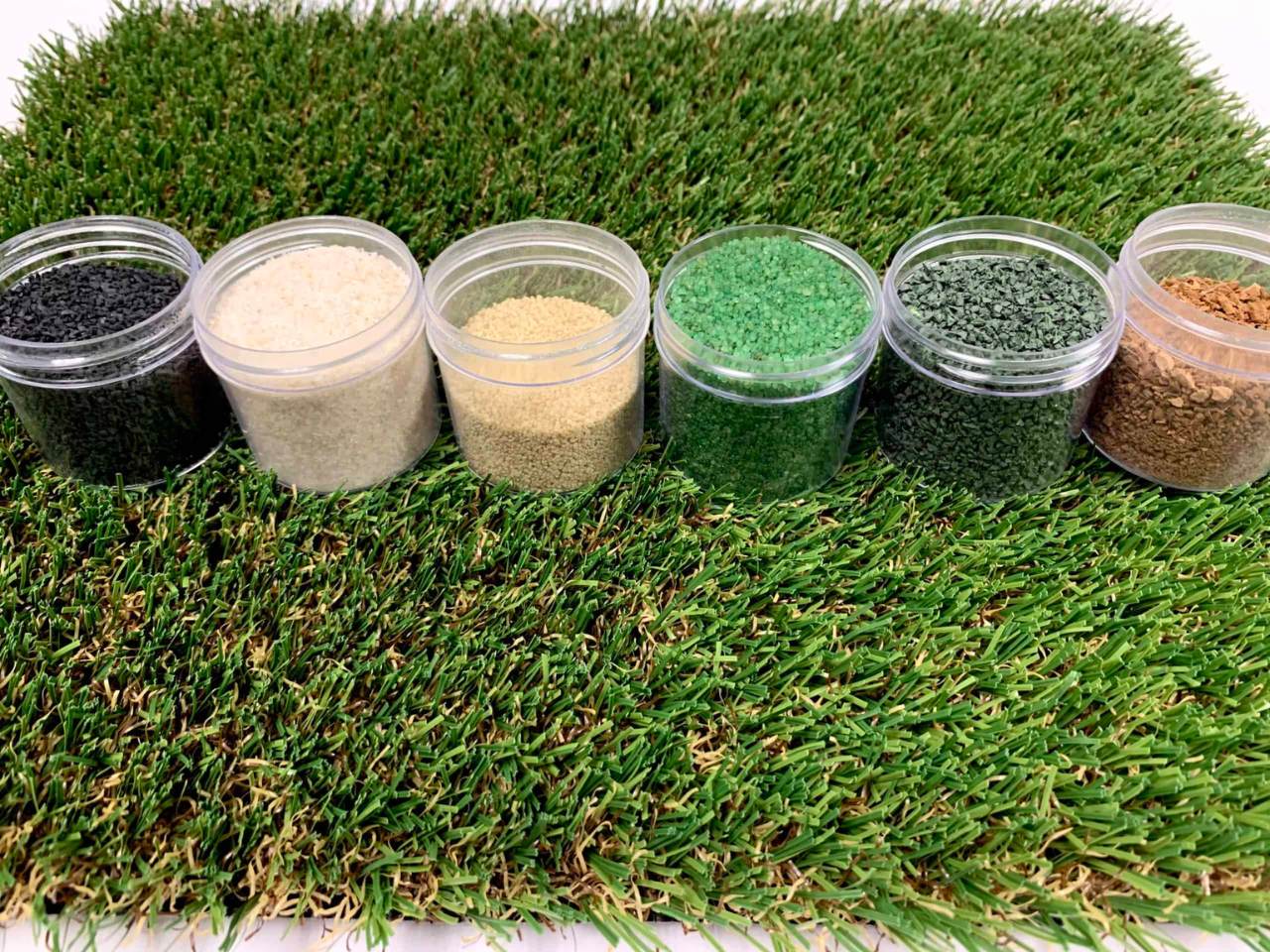







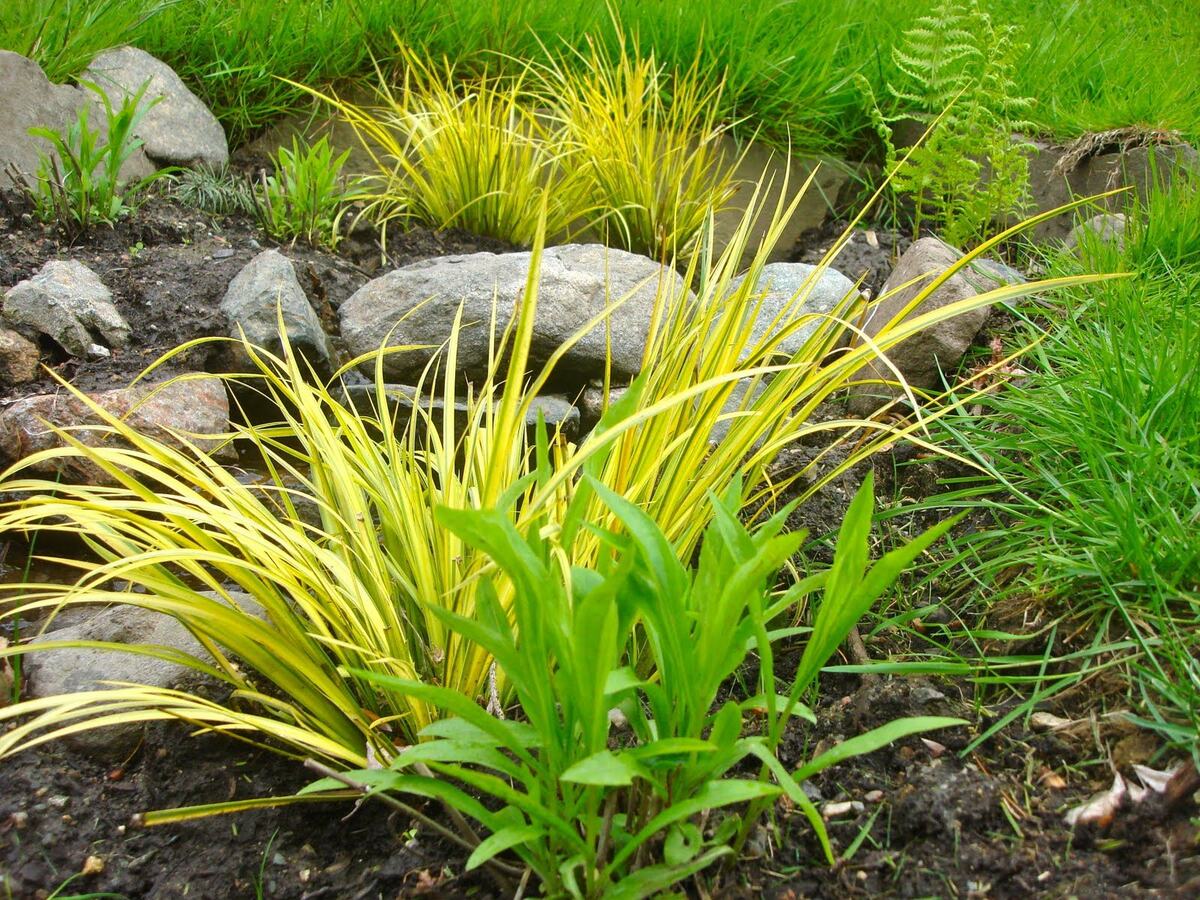
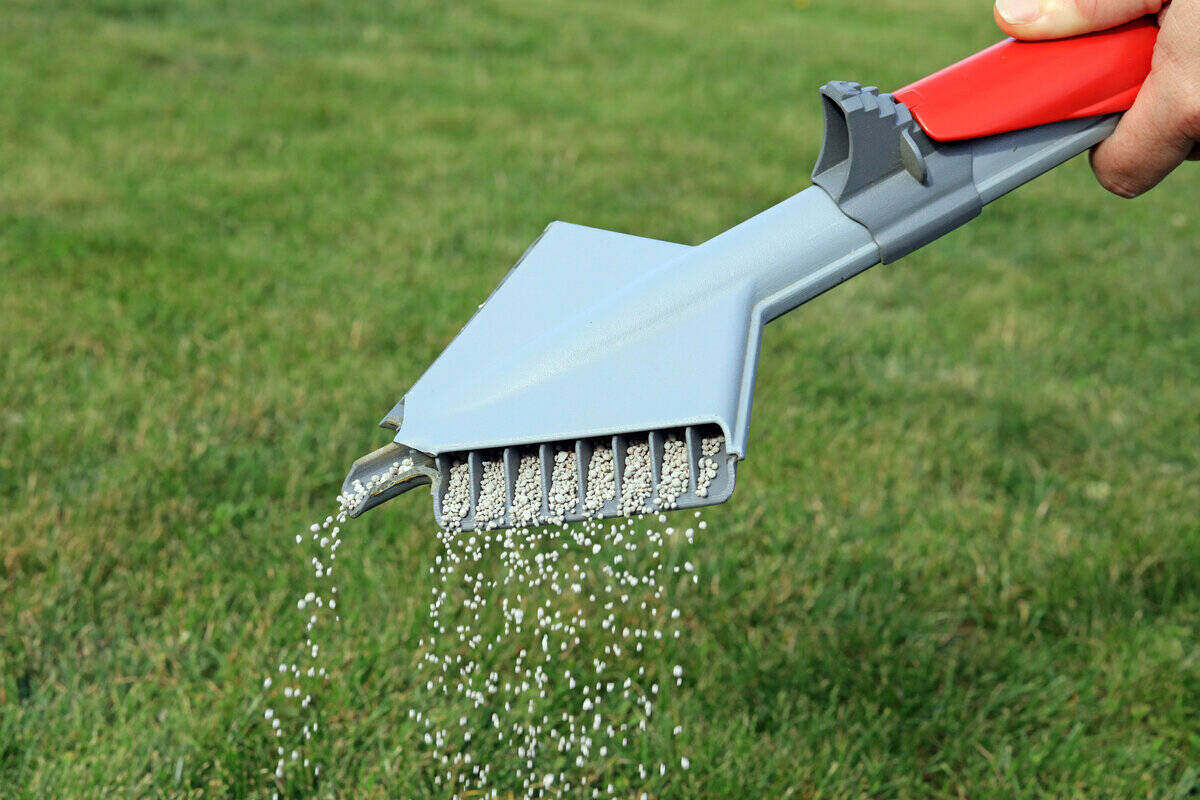
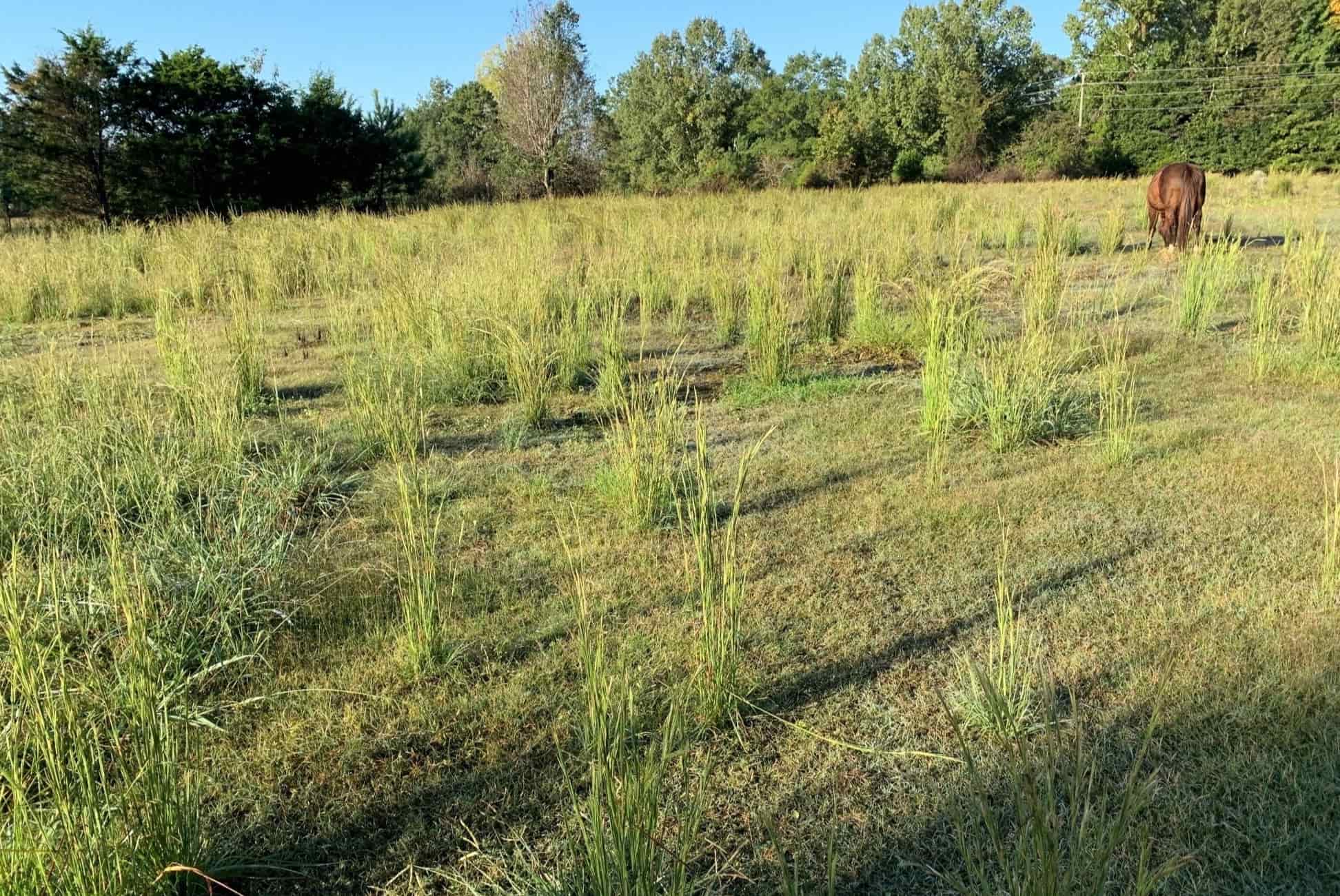
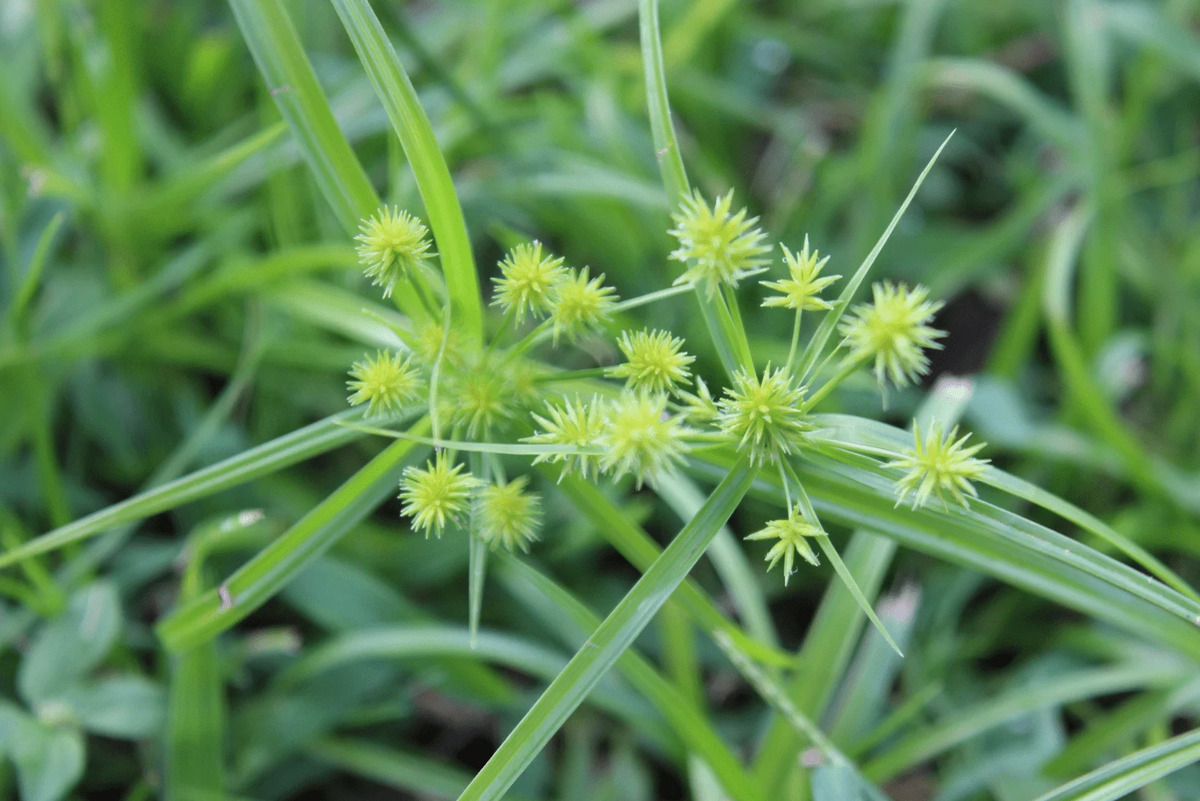

0 thoughts on “North Texas: How To Get Rid Of Snails In Turf Grass”